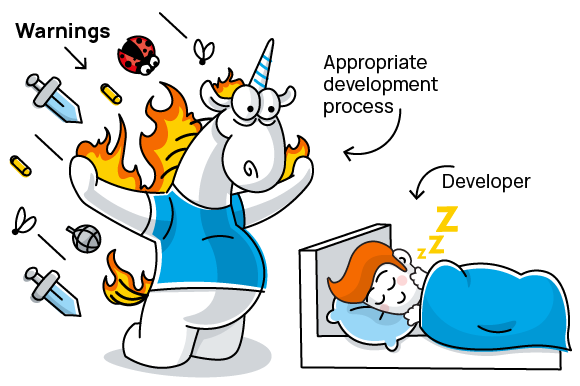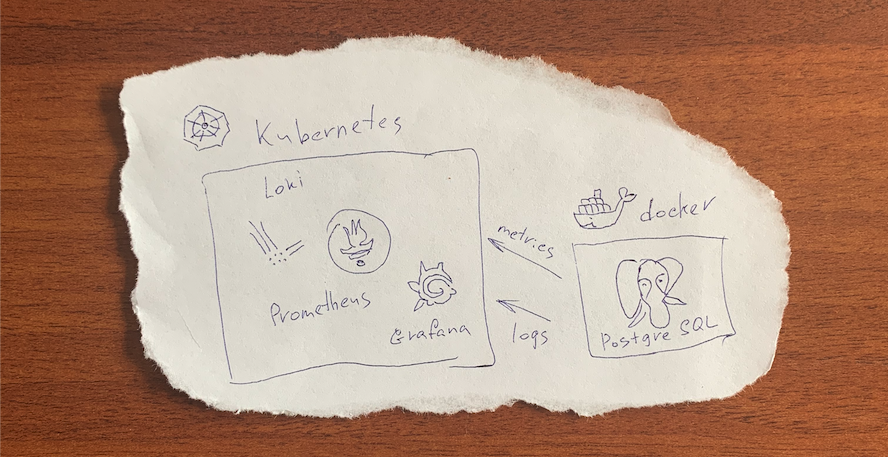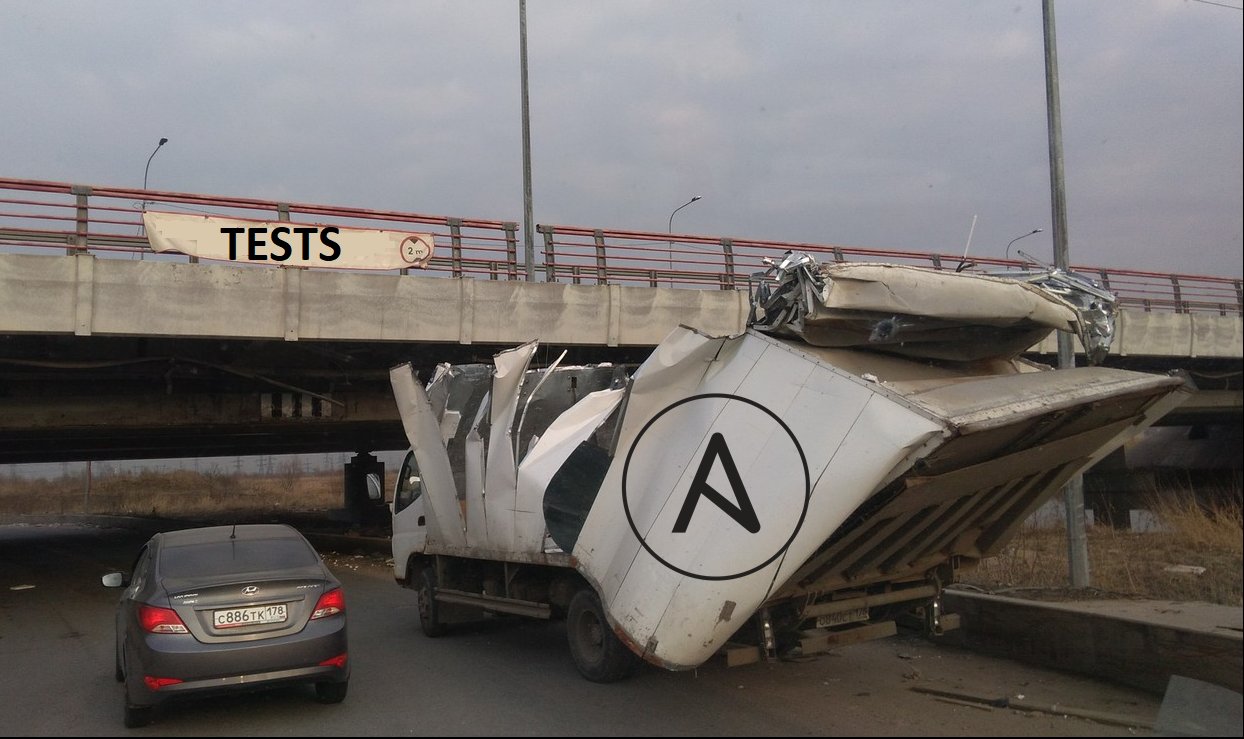Production-ready chatbot in GCP for less than a dollar

We have all been there — having a nice idea for a hackathon, hobby or a side project and having a burning desire to start coding as soon as possible. And how many possibilities (Heroku, Glitch and others) are there now to bootstrap your app and deploy it immediately.














